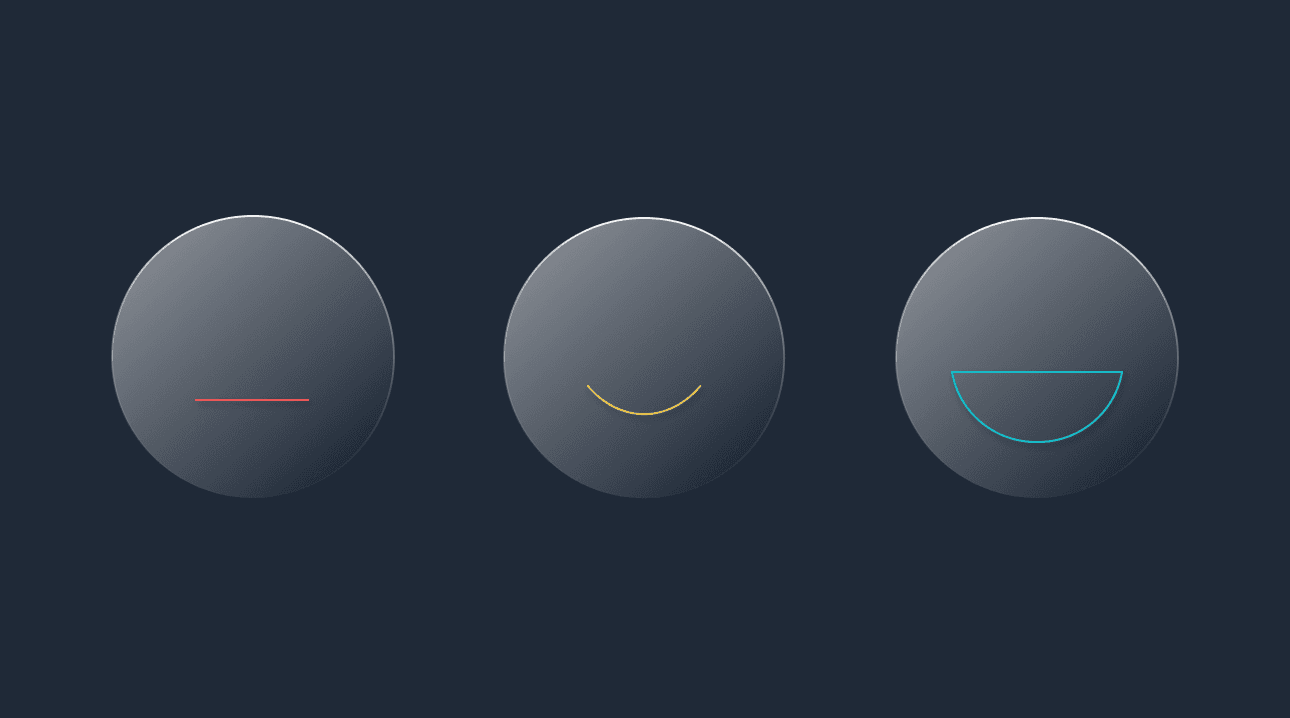TL;DR: Customer experience statistics for 2024 highlight the importance of exceptional service, personalized experiences, fast customer interactions, technology integration, and building connections with customers. Prioritizing customer experience leads to higher profitability, customer loyalty, and retention. Businesses must leverage data, technology, and personalization to enhance customer satisfaction and drive growth.
Some exciting studies from each category:
1. Customer Loyalty and Trust: Trust in a brand triples customer retention (Harvard Business Review)
2. Customer Expectations: 74% of consumers would buy based on experience alone (Treasure Data, Forbes)
3. Personalization Impact: 66% of consumers are willing to share personal data for a superior experience (Redpoint, Harris)
4. Profitability and Budgets: 5% increase in customer retention can lead to a 25-95% increase in profitability (Zippia)
5. Speed and Technology: Customers expect instant interactions with brands, with 83% expecting immediate responses (Salesforce)
Whether you're part of a customer experience team, a product manager or a marketer, you'll know how important customer satisfaction is. According to Esteban Kolsky, 72% of customers will share a positive experience with 6 or more people, while they'll share a poor customer experience with 15 or more people.
So if you're prioritizing customer experience this year, you need to be armed with the data to help you make customer-centric decisions. Here are our top customer experience statistics for 2024 to help you stay ahead of your competition.
Customers expect exceptional service
Customer expectations are rising all the time. Studies show that brands need to provide excellent customer service as a minimum:
86% of customers would leave a brand after as few as 2 poor experiences, according to Emplifi
According to the Microsoft Dynamics Global State of Customer Service report, 55% of consumers expect better customer service year-on-year
PwC says that 65% of online shoppers find a positive customer experience to be more influential than advertising
PwC also says that 73% of consumers say customer experience is an important factor in their purchasing decisions, yet only 49% of companies provide a good experience today
Treasure Data and Forbes Insights found that 74% of consumers are at least somewhat likely to buy based on experience alone
Great CX is key to customer loyalty
You're likely to reduce your customer churn if your entire customer journey focuses on great service:
Harvard Business Review says that customers who trust a brand are 3 times more likely to stick with them through a mistake, while 88% are more likely to buy from them again, and 62% will buy almost exclusively from the brand
Customer experience drives over two-thirds of customer loyalty, outperforming brand and price combined, according to Gartner - but over 70% of business leaders struggle to design projects that increase retention
60% of business leaders agree that customer service improves customer retention, according to Zendesk
NICE says that 95% of consumers say customer service impacts their brand loyalty, naming easy access, self-service, and professional agents as important factors
Companies that improve customer experience see a 42% increase in customer retention, a 33% improvement in customer satisfaction and a 32% increase in cross-selling and upselling, according to Keap
Personalized experiences can increase customer retention
As well as improving customer experience, offering a personalized experience can help you gain deeper insights via customer data:
According to Redpoint and Harris, 66% of consumers say they will share personal data about themselves if they think it will elevate their customer experience
60% of consumers report that they will become repeat buyers after a personalized buying experience, says Twilio
Twilio also says that 85% of brands believe they offer personalized customer experience, but only 60% of consumers agree
74% of consumers feel brand loyalty is about feeling understood and valued, not discounts and loyalty perks, according to Redpoint
Deloitte says that more than 50% of consumers say personalization tends to feel off-target and doesn’t meet their needs or preferences
Organizations that prioritize customer experience are more profitable
Increase customer service budgets and you'll reap the rewards, according to these studies:
61% of consumers will pay at least 5% more if they know they'll get a good customer experience, says Emplifi
According to Qualtrics, companies that lead in customer experience outperform stragglers by nearly 80%
Temkin Group research shows that companies earning $1 billion per year can expect to earn an additional $700 million within 3 years of increasing their customer service budgets
A 5% increase in customer retention can lead to a 25-95% increase in profitability, says Zippia
Bain & Company found that companies that succeed at customer experience increase their sales at a rate that's 4-8% higher than the market average
Customer interactions need to be fast
Customer-centric brands should ensure that support teams answer queries and solve problems quickly to improve customer satisfaction:
Netomi found that 39% of consumers have less patience today than they did before the pandemic
Customers are 2.4 times more likely to stick with a brand when their problems are solved quickly, according to Forrester
Emplifi says that 52% of customers expect a response from a company within an hour, but 39% report waiting for more than two hours for a reply
83% of customers expect to interact with someone immediately upon contact, according to Salesforce
Yet, the average response time for a customer service request is 12 hours and 10 minutes, according to SuperOffice
Exceptional customer experiences involve technology
Face-to-face interactions are becoming less important to customers. These CX stats show that your company needs to stay up-to-date with tech to compete:
Salesforce states that 60% of customer touchpoints take place online
94% of customers rate video support as a positive experience, according to Hubspot
PwC reports that over 80% of consumers have shopped across at least 3 channels in the last 6 months
52% of consumers prefer chat, making it the top digital channel preferred by most customers, says NICE
NICE also says that 11% of businesses are prioritizing making self-service smarter, but 36% of consumers want this to be a priority
Brands that make connections get loyal customers
Prioritizing tech doesn't mean that customers don't want personal connections with the brands they care about. In fact, research shows it's more important than ever to understand your customer:
Sitecore suggests that 70% of Americans crave deeper, more personal connections with brands
73% of customers expect companies to understand their unique needs and expectations, according to Salesforce
Sitecore also reports that 86% of consumers say showing empathy is powerful in building a strong relationship with a brand
38% of consumers expect agents to have context of their query, according to Freshworks
Zendesk found that more than 70% of customers expect conversational service every time they engage with a brand
Summarizing Customer Experience Statistics for 2024
The importance of customer experience can't be understated. Customer-obsessed companies have a significant business advantage over those that aren't prioritizing customer experience, so it's time to see what you can do to achieve customer experience-led growth.
So now you've got the latest customer experience statistics, what are your next steps? Are you confident that you're already providing superior customer experience, or are you still working towards it?
With Productlane, you can discover what your customers really want. With the ability to see customer feedback on specific issues and sync with Slack, email, Intercom and more all within Linear, you can make exceptional customer experience the norm for your company. Get started with Productlane today.





